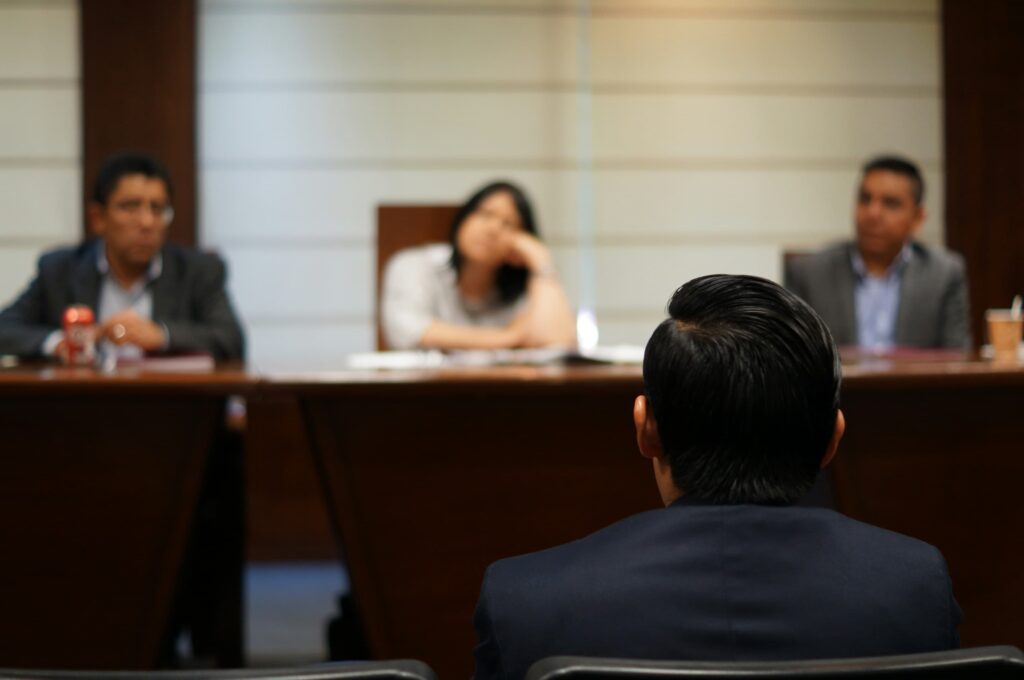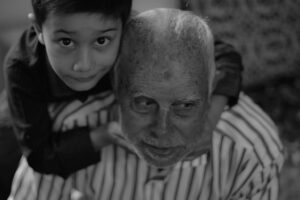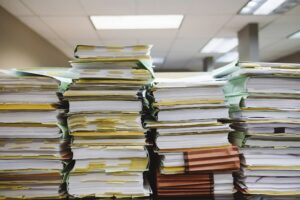One thing I learned during my own divorce is that where you live makes a big difference in how divorce proceedings play out. I live in an area where no-fault divorce is the standard, which means that the reason for the divorce—whether someone cheated, lied, or abused—doesn’t really matter legally. The court isn’t interested in assigning blame, just in splitting things up as “fairly” as possible. It can feel incredibly frustrating when you know someone has wronged you, but the system doesn’t account for that.

But not everywhere works that way. In places that recognize fault-based divorce, proving that your spouse did something wrong—like hiding money, being abusive, or being unfaithful—can actually influence how the court divides assets and awards custody. If you live in one of those areas, being able to spot lies in testimony and prove dishonesty can be a key part of protecting yourself and your interests. That’s where this post comes in.
Divorce creates tremendous emotional strain on people which intensifies when legal issues begin to shape the outcome. The information presented in marital testimonies impacts the divorce case decisions about child care arrangements and property distribution between divorcing couples. All promises which people take under oath contain some degree of truth but also contain numerous untruths. The process of spotting lies in spouse testimony involves a combination of observation techniques together with evidence collection while consulting with professional experts. The right knowledge about indicators and verification methods leads to appropriate justice delivery.
Understanding the Nature of Testimony
During divorce proceedings divorce participants need to provide formal statements under oath both in depositions and court hearings. People whom the court requires to testify must deliver truthful statements in their entirety despite constant pressure from emotional motivations and the urge to secure an advantage. People who lie during testimonies choose to summarize details incorrectly or to either fake or embellish information or withhold important facts.
Identifying that deception can take place serves as your initial protection for your interest area. Humanities about real versus perceived inconsistencies in testimonies allows people to stay more objective when attending legal hearings. You become capable of performing thorough assessments of presented information because you know not to accept everything without question.
Observing Behavioral Patterns
Identification of deception becomes easier when couples under oath exhibit particular communication habits during testimony. Testing answers and body distress coupled with looking away from others frequently signals that someone might be untruthful. The appearance of someone in a courtroom becomes unreliable as stress together with anxiety can change genuine behavior.
The continuous alignment between their old statements and their current ones proves to be more important. Red flags emerge when a spouse supplies conflicting information or updates essential facts from one answer to another because it indicates deception. Documentation of these changes allows legal professionals to develop a court-mandated challenge towards the credibility of testimonial evidence.
Using Documentation for Verification
Documents originating from official sources function as strong indicators to reveal untruthful statements. Documentation from bank statements as well as tax records and employer verification tools allows you to check claims about income spending or employment situations made by your spouse. All kinds of regular communications ranging from text messages to emails to receipts might expose inconsistencies in the story being told.
The practice of keeping an individual journal throughout your divorce proceedings proves beneficial. Note down all spoken statements with their precise timing and associated circumstances to identify inconsistent details in relation to previous occurrences. Type-written documentation of unaligned evidence brought to your attorney can strengthen your case when it demonstrates deliberate dishonesty.
Seeking Professional Assistance
Some situations demand outside help to validate suspicions about deceitful behavior. The professional expertise of a private investigator Toronto hired by clients enables them to conduct surveillance projects and obtain financial secrets and official information which might remain out of your reach. Presented material from these experts can enhance your dishonesty claims by making them acceptable in court proceedings.
The process of establishing cheating requires the involvement of legal professionals to proceed effectively. Your legal representative will determine which parts of your spouse’s evidence require questioning then he might use expert specialists or accounting experts to contradict specific claims. Multiple pieces of supporting evidence in your argument make it more difficult for your spouse to uphold untruths in their statements.
Maintaining Integrity During the Process
The assessment of dishonesty needs to be combined with a commitment to protect your personal reputation. Any attempt to stretch the truth or make up lies about your spouse will produce negative consequences for your case and put your honesty under investigation. The legal process gives rewards to transparent and truthful parties through its requirement to remain cool headed with fact-based information while delivering a solid preparation.
The documentation of all details with concentration produces better prospects for achieving fair results through the legal system. Never take your trust in the legal professionals or the process for granted since even minor untruths will inevitably be revealed during thorough investigation and questioning.



